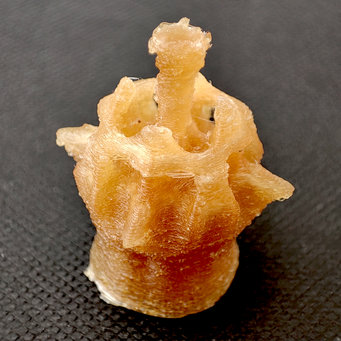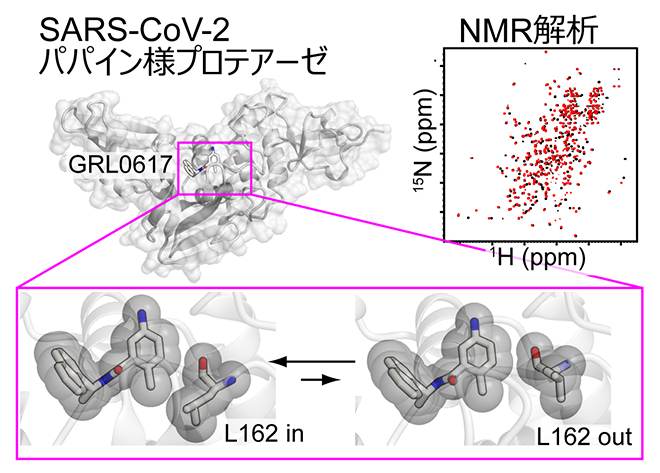特殊な形状により活性物質を制御された方法で放出できる Special shapes can release active substances in a controlled manner
2023-07-31 マックス・プランク研究所

3D printed pill © MPI-INF
◆数学モデルと実験を組み合わせて、特定の時間プロファイルで有効成分を放出する錠剤の形状を決定し、3Dプリンターで製造します。この方法により、錠剤の形状を最適化し、必要な薬物レベルを体内に確実に提供することが可能です。
◆将来的には、この手法を工業的な製造に応用し、薬剤だけでなく、肥料や化学生産のための触媒体の製造など、さまざまな分野で形状の多様性を拡大することが期待されます。
<関連情報>
- https://www.mpg.de/20687249/pills-from-the-3d-printer?c=2249
- https://dl.acm.org/doi/10.1145/3550454.3555518
放出から得られる形状: 成分放出制御機構のインバースデザインと構造化 Shape from Release: Inverse Design and Fabrication of Controlled Release Structures
Julian Panetta,Haleh Mohammadian,Emiliano Luci,Vahid Babaei
ACM Transaction on Graphics Published:30 November 2022
DOI:https://doi.org/10.1145/3550454.3555518
Abstract
Objects with different shapes can dissolve in significantly different ways inside a solution. Predicting different shapes’ dissolution dynamics is an important problem especially in pharmaceutics. More important and challenging, however, is controlling the dissolution via shape, i.e., designing shapes that lead to a desired release behavior of materials in a solvent over a specific time. Here, we tackle this challenge by introducing a computational inverse design pipeline. We begin by introducing a simple, physically-inspired differentiable forward model of dissolution. We then formulate our inverse design as a PDE-constrained topology optimization that has access to analytical derivatives obtained via sensitivity analysis. Furthermore, we incorporate fabricability terms in the optimization objective that enable physically realizing our designs. We thoroughly analyze our approach on a diverse set of examples via both simulation and fabrication.


